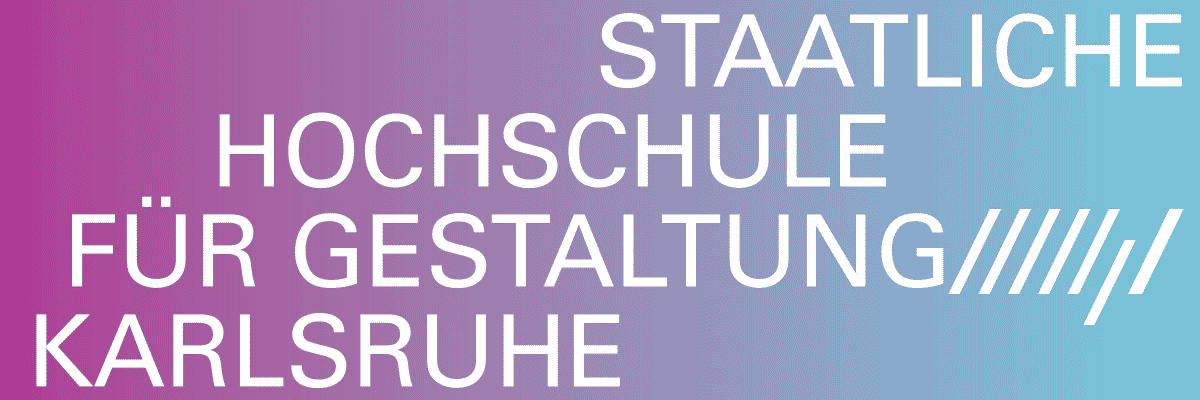
Milan Zientara
Lick the Poison
Project Info
- 💙 Galeria EL Art Centre
- 💚 Emilia Orzechowska, Karolina Połom
- 🖤 Milan Zientara
- 💜 Emilia Orzechowska, Karolina Połom
- 💛 Bartosz Zalewski
Share on

Advertisement













Milan Zientara is a young visual artist, who is carrying out his solo exhibition "Lick The Poison" in the space of the EL Gallery cloister. Zientara presents his latest paintings and spatial objects, which, being in direct relation to each other, mutually expand and multiply their meanings. Painting and sculpture remain in a constant dialogue, which allows to find the ambiguity hidden in the works. From this "conversation" a certain tension arises, which has a direct impact on the emotions of the recipients, arousing in them a kind of anxiety, and in extreme cases, even disgust. Despite the discomfort, "slight coldness in the relationship" and the distance that is created between the work and the recipient, the artist, in a very conscious and brilliant way, takes care of the experiences of his audience, also creating opportunities for identification and finding their own space in his work, which is evidence of an extremely intelligent and mature process of creation. Milan’s artistic practice is characterized by an extensive symbolic layer, which facilitates fluidity of interpretation. Zientara works strongly auto-therapeutically, analyzing situations happening directly around him, examining issues of interpersonal relationships, male corporeality and sexuality, mental health, rituals, physical and psychological violence. In his work, he focuses on the influence of the patriarchal system on people socialized to the role of a man, also drawing from his personal experiences and, as he says in an interview, “I could not talk about my experiences by making things up. I cannot stand insincerity in art or anywhere else.” But he also gives himself space for understatements and fabrications, saying “sometimes I drift away into fantasies about myself. Like most of us, I imagine what I could become, what I want my body, my mind, my energy to be.”*
He didn’t know what was happening, where those terrifying, unrecognizable sounds were coming from. He tried to listen to everything that reached his ears, his head, his body. There was a bang, a screech, screams—and then silence. The silence turned out to be far more terrifying than the loud noises that had shaken every part of his body. Noise meant certainty, it meant action, but when calm came, he understood… it was the end. The end of what he had known, loved, and often hated. And in a single moment, the world ended.
Despite fear and dread, he began to search—he knew that only a safe place could offer him shelter. A place where he could calm down, and once that happened, he would know what to do. Even though the world no longer existed, he believed with all his strength, and felt, that there was a space where he could survive. He crawled through the ruins, battled storms and hail, lightning and thunder, always moving toward the remnants of the past. He longed for touch, for the sound of a human voice. He didn’t know how long this journey lasted—hours, days, maybe weeks. Suddenly, he felt a chill and a quiet sound—perhaps a screech?—and he felt peace. He had found a cloister. And within it, people and animals. They were like him—and completely different. That boundary had vanished; he lost track of time and clarity of perception. He knew that he had found peace, if only for a moment—but was that what he had expected? Did he understand that he had to rebuild the world from scratch?
After a long while, he regained strength. He was no longer alone. The post-apocalyptic space had become his home—or perhaps a laboratory, where, together with the other survivors, he would build a new world. He absorbed stories, arranged in his mind everything that had happened to him, and wrestled with emotions. He wandered through the cloister, searching for objects—he found them, gathered them, and created from them. And he created in different ways—sometimes chaotically, sometimes abundantly. He drifted into a world of fantasy, where he imagined his body and mind in perfect form. He reinvented himself, using dried paints, corrosive glue, condensed turpentine, shattered glass. As he searched for perfection, he found poison. He knew what to do with it—used properly, it gave him vitality, heightened his senses. In the wrong amount, it triggered painful hunger and cravings he couldn’t control. He decided how to use it. From the end and the void, he formed a shape that became everything he had ever longed for—a futuristic vision of the ideal body and mind.
Though the world had ended, merged with painting, he drifted from one extreme to another.
Emilia Orzechowska, Karolina Połom




